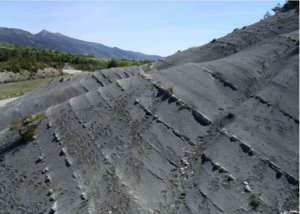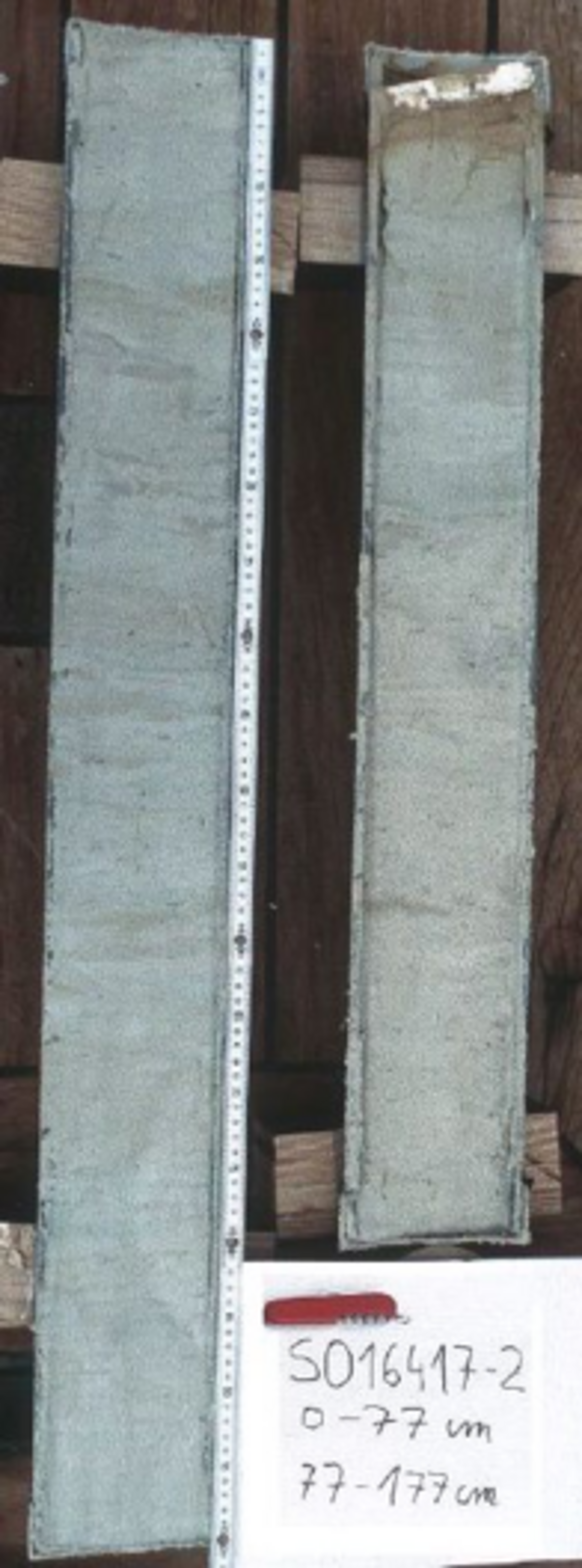The global thermohaline ocean circulation is responsible for the distribution of warmth and oxygen between the atmosphere, the surface ocean and the deep ocean. The ocean currents are also responsible for the dispersal of nutrients and are consequently an essential driver of biogeochemical cycles. An exact understanding of the circulation in the past is therefore a basic prerequisite to understanding the entire ocean-atmosphere-climate system.
Changes in ocean circulation and water mass mixing in the geological past are recorded by proxies in ocean sediments and in the calcitic skeletons of marine organisms. These archives show that changes in the ocean have affected climate and living conditions on land for millions of years.
The climate of the earth was considerably warmer than today for long periods of the geological past. The configuration of the continents was different, ocean currents followed other pathways and deep water formed in different regions from today. A global cooling began around 50 million years ago, continuing into the pronounced glacial-interglacial cycles during the Quaternary that were also accompanied by large changes in ocean circulation. Although the past is not a direct analogue for future changes in climate, time-series that reach back far into the geological past are important for understanding the natural variability in the oceans.




